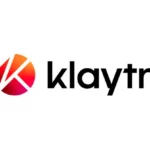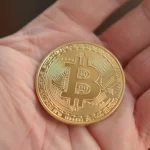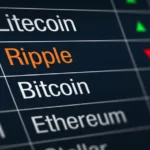Cryptocurrency is one of the advancements that has made the most waves in both the tech field and the wider culture. Since Bitcoin first emerged, there has been a lot of conversation about cryptocurrencies. Then, non-fungible tokens (NFTs) hit the market, making it possible for people to mint, sell, and buy digital files of all kinds.
Cryptocurrency and NFTs are both made possible through blockchain technology. So, what is blockchain? What makes it significant? How is it used? Below are the basics of blockchain technology.

What is Blockchain?
Blockchain technology is an encrypted digital database. There isn’t one blockchain system, but many. All of them are decentralized. It is used to record lists of transactions, which are called blocks, across multiple devices. With blockchain, you can prove digital ownership over something. It is also used to mint a token and create an NFT.Whether it’s encrypted digital currency, a photo, a video file, or another digital asset, blockchain provides not just the ability to prove that you own it, but it also shows the breakdown of transactions in what they call an immutable ledger.
Immutable Ledger
An immutable ledger is a public database that cannot be edited. This essentially means that every time cryptocurrency of an NFT is sold it is recorded in the ledger. No one can make edits to these ledgers. Of course, it is always possible to hack into even encrypted channels, but it’s a lot more difficult when they are encrypted. Encryption is basically when the content and metadata of any digital file, website, or data is scrambled so other people can’t see it. It makes the hacking job a lot more difficult. So, while it is always possible for malicious attackers to get into immutable ledgers, for now it remains to be the most protected way to prove digital ownership.
Decentralization
Decentralization is inherent to immutable ledgers and blockchain technology, making cryptocurrency and NFTs also decentralized. This makes it very difficult for governments and financial institutions to regulate these markets. With no regulation, the market defines the cost. Of course, with no regulation there are some extreme prices on some of these NFTs and cryptocurrencies that have become rare or popular, but it also has the benefit of no one entity having a say over the blockchain technology. It goes without saying that this has made some big waves both in the tech communities and international politics.
Government Regulation
Each government is lagging to create a significant way to regulate blockchain sales. Some have responded by making their own cryptocurrencies while others have banned it entirely. Whether blockchain is welcomed in a specific country or banned, the ability for governments to regulate these assets is very tough. It’s by design. When blockchain technology is regulated, it ceases to be what it is. This begs the final question. What is blockchain really, beyond a digital database used as a public immutable ledger?
Crypto, NFTs, & Beyond
Blockchain technology represents the basis of decentralized assets. It makes assets outside of government and financial institutions possible. It gives the agency to the buyer, the seller, and the trader. Currently, cryptocurrencies and NFTs are the only significant forms of assets that are traded with blockchain ledgers, but why would they be the end of it? It’s an obscure part of the modern world that will continue to grow and become more and more relevant. One day, crypto and NFTs might be irrelevant, replaced by other forms of blockchain assets. All we can do is speculate on this matter.
Whatever you think about blockchain technology and the future of digital assets, there is no stopping the flow of progress. Instead of being afraid of the future, you should watch as it unfolds. Only then can we realize what needs to be done. Does blockchain need to be regulated? How? By whom? What do we want to use this technology for? Of course, making the rich richer doesn’t really help the wider society. How can crypto and NFTs become more accessible to the average person? Whatever you have in mind, this is all just the beginning of a digital asset revolution. How will the future unfold? You’ll have to standby to find out. No one knows for sure.
Join 25,000+ smart readers—don’t miss out!






